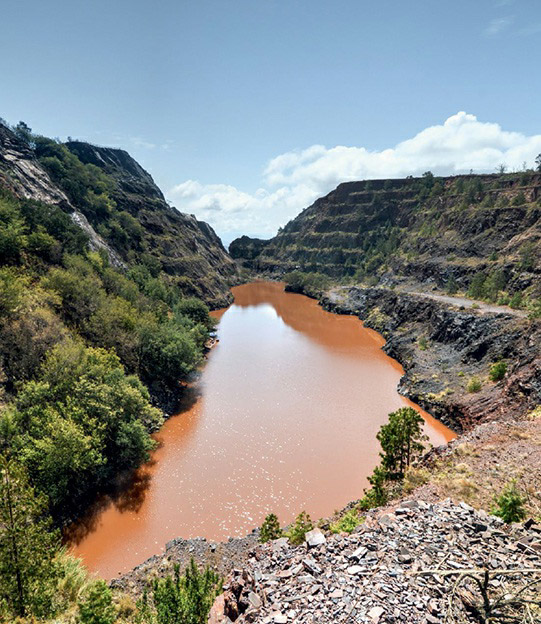The Ngwenya Mine in Swaziland stands as a monument to the earliest known mining activities, tracing back more than 40,000 years. This site reveals how prehistoric people, using simple stone tools, ventured up to 42 feet into the earth, not for common iron oxides found on the surface, but for a rare, shiny variant of hematite called specular hematite or specularite. This unique mineral, with its black, mirror-like appearance, was highly valued in ancient times, primarily used by clan leaders and shamans to create glittering body art for rituals and ceremonies.
The discovery of such deep and purposeful mining at Ngwenya challenges previous notions about early human resourcefulness and sophistication. The pursuit of specularite highlights the beginnings of economic geology and the recognition of specific minerals for their unique properties and values.
Today, the Ngwenya Mine has transitioned to extracting red ochre, another form of hematite, used both as a pigment in rock paintings and art by the local San people and for the smelting of iron ore. The mine’s enduring operation across millennia not only provides a window into the technological evolution of mining but also emphasizes the importance of mineral resources in human history, from ancient rituals to contemporary industrial uses.

